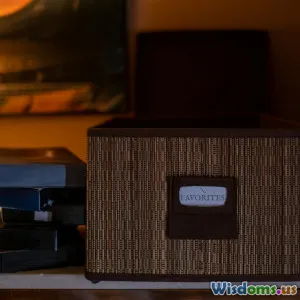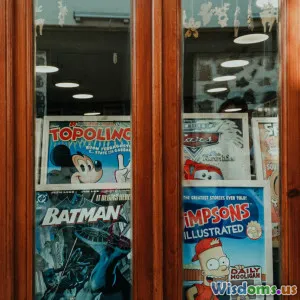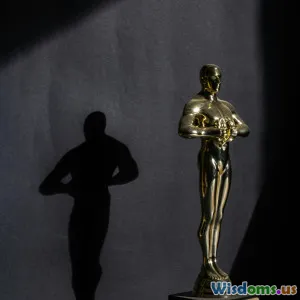
How Sound Design Transforms Horror Films Into Nightmares
16 min read Explore how sound design intensifies fear in horror films, turning stories into nightmares through haunting audio effects and creative techniques. (0 Reviews)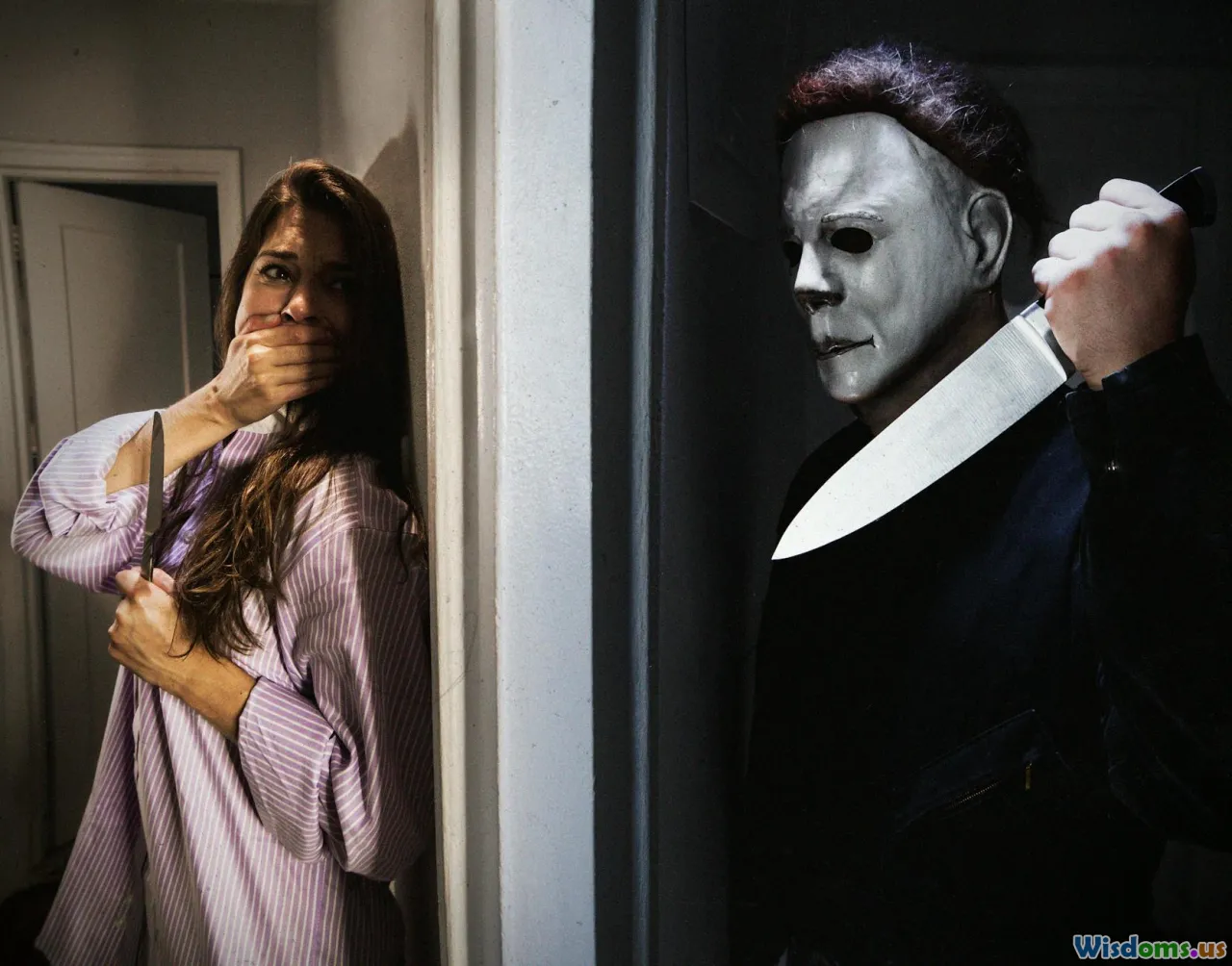
How Sound Design Transforms Horror Films Into Nightmares
In the flickering darkness of a movie theater or alone at midnight with nothing but the glow of a screen, horror films have a singular ability to seize our primal fears. But what are we really afraid of—the gruesome visage on screen, or the sinister chorus echoing beneath it? Throughout cinema history, sound design has been the stealthy architect of our terror: meticulously crafted to turn unsettling on-screen happenings into truly chilling nightmares. The whispers behind the door, the bassy pulse beneath the action, the sudden shriek that sends snacks flying—these are the sonic gears within horror's emotional machinery. Here’s an in-depth look at how masterful sound design transforms mere movies into indelible, haunting experiences.
The Science of Fear and Sound
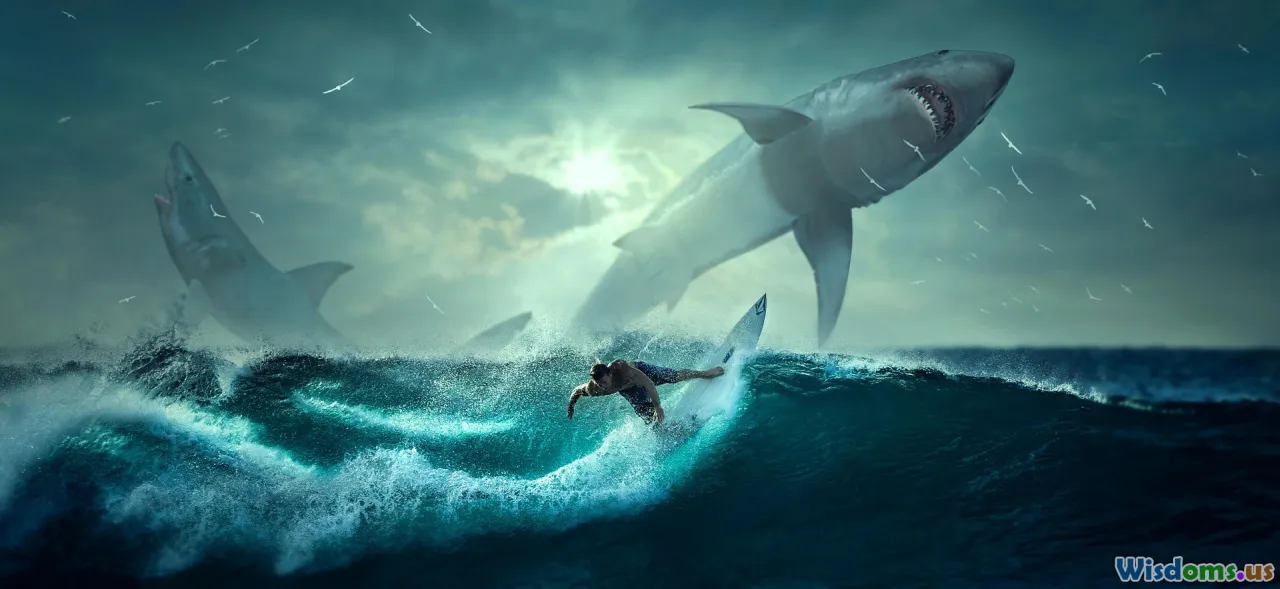
Sound operates on a neurological level few visual effects can reach. Years of evolutionary development have calibrated human brains to react to certain frequencies, abrupt noises, and unsettled silence. For example, the piercing shriek of violins in Alfred Hitchcock's Psycho (1960) famously hijacks this mechanism. Composer Bernard Herrmann used a string section's upper register to mimic the biological alarm calls found in nature, triggering raw panic and alertness in the audience.
Scientific studies have revealed that sonic cues often bypass conscious thought, activating the amygdala—the brain’s "fear center"—before logic can intervene. This is why, even when the rational mind knows a monster is fictional, a well-placed "horror sting" (a sharp, sudden sound) can provoke genuine startle responses. Horror sound design leverages this by engineering dread through sudden cacophony or unnerving quietude, keeping viewers perpetually on edge.
Layering Soundscapes: From Atmosphere to Anxiety
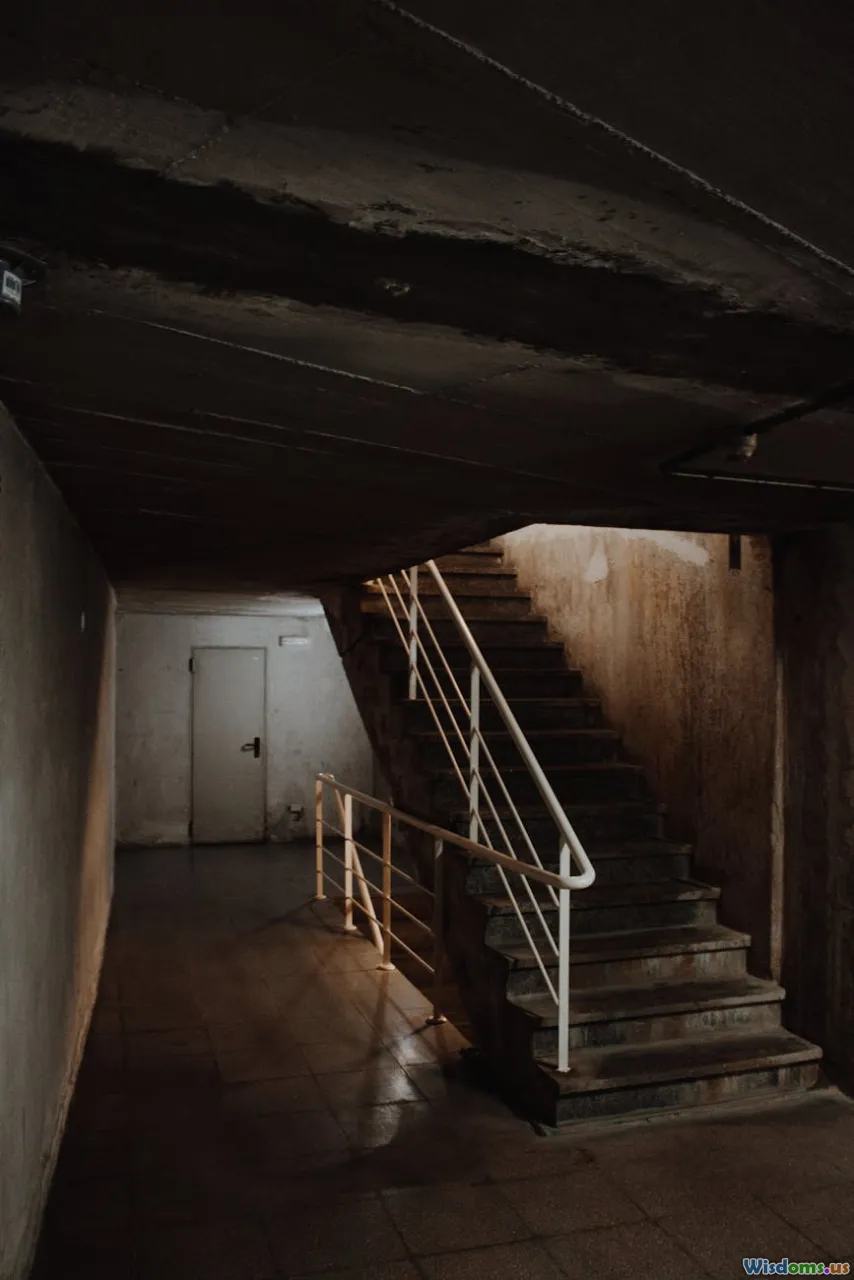
Great horror sound design doesn't rely on jump scares alone. Underneath the action, multiple layers of sound form an invisible world. Think of the ever-present ominous drones in Hereditary (2018), which don’t simply announce terror, but soak every frame in unease. Even scenes where nothing overtly menacing happens become saturated with palpable dread through subtle audio cues—the wind groaning, distant thunder, slow breathing, or even an oppressive silence that begs for calamity.
Consider The Blair Witch Project (1999), a film synonymous with an atmosphere of panic. In scenes deep within the woods, carefully chosen ambient noise—branches creaking, footsteps, low rumbles—are more unsettling than the fleeting glimpses of supernatural terror. These environmental sounds are intentionally manipulated in volume, timbre, or repetition to unravel nerves, proving that the subtlest auditory choices can be the most terrifying.
Crafting Unease through Underscoring
Sound designers often insert barely perceptible audio elements—weird drones, reversed melodies, or atonal textures—beneath the main soundtrack. In The Shining (1980), Wendy Carlos and Rachel Elkind filled scenes with discordant tones barely distinguishable from the hotel’s haunted hum, morphing a chic corridor into a corridor of nightmares. Such techniques cement sound as an active storyteller, guiding emotions as much as imagery does.
Designing the Unnatural: Creating the "Monster Sound"

Imposing creatures—and the sense of the uncanny—often hinge on sounds that straddle the line between familiar and unearthly. Sound designers frequently combine multiple animal cries, industrial noises, and even human voices to craft the auditory identities of monsters.
For instance, in A Quiet Place (2018), Erik Aadahl and the team generated the alien creatures' unnerving clicks and screeches by blending recordings of raccoons, dolphins, and slowed-down pigs, layered with metallic friction and digitally altered echoes. These sounds evoke primal fear by being both recognizable and unsettlingly "wrong."
In The Texas Chainsaw Massacre (1974), Director Tobe Hooper and sound designer Wayne Bell eschewed a music score and instead built tension with mechanical noises, including chainsaws, camera clicks, and metallic scraping, each manipulated to amplify discomfort. This blending of the ordinary and the grotesque sows an acute sense of unfamiliarity—monsters, after all, sound most terrifying when they defy both natural law and our expectations.
Emphasizing Physical Presence
A monster's footsteps, breathing, and movements are exaggerated, distorted, or emphasized in the sound mix. In Alien (1979), the Xenomorph's hisses and slithering footsteps force viewers to "sense" the creature lurking before visuals reveal it, weaponizing anticipation itself. Such techniques ensure that even offscreen threats feel omnipresent, instigating anxiety before the big reveal.
The Art of Silence—and Extreme Sound

While orchestral bombast can quicken the pulse, purposeful silence, or an unnatural quiet, also becomes a narrative tool. Silence is rarely just the absence of noise—it's loaded. Films like It Follows (2014) masterfully use quiet stretches to intensify vulnerability, forcing audiences to focus on subtle clues or brace for sudden auditory assaults.
Director John Krasinski, in A Quiet Place, weaponized silence: the film follows a family forced into near-total hush, so that even a creaking floorboard sounds like an explosion. The total absence of dialogue in many scenes draws audience attention to incidental noises—a distant creature, the scratch of fabric—each dangerously amplified. When a loud sound finally breaks the spell, its impact is profoundly jarring.
Similarly, dynamic contrast lies at the core of the classic jump scare: a silence sets the stage, lowering resistance, before a powerful "stinger"—a musical shriek or cacophonous discord—catapults viewers into fright. The repetition of this technique risks fatigue, but when used sparsely and with creative variation—think of the "clap game" in The Conjuring (2013)—even jaded viewers are caught unawares.
Music as Psychological Sabotage

Music in horror isn’t just an accompaniment—it's a manipulator of emotional response.
Dissonance Breeds Dread
Horror composers—like Krzysztof Penderecki, whose works became staples in The Exorcist and The Shining—frequently favor dissonant harmonies, irregular rhythms, and unorthodox instrumentation. Dissonance and unresolved chord progressions, instinctively unsettling, cue the brain to expect trouble. For example, the jittery plucked strings and glass harmonica in Insidious (2010) render already chilling visuals almost intolerable.
Leitmotifs of Terror
Film soundtracks often assign musical "signatures" to characters, locations, or threats—a tradition rooted in opera and classical symphony. John Carpenter’s iconic, minimalistic piano theme for Halloween (1978) is a prime case. The relentless, repetitive melody becomes a herald of doom, its pulse echoing a sinister heartbeat. The music appears before Michael Myers does, warning the audience more powerfully than an on-screen glimpse could allow.
Music can just as easily subvert: lullabies played off-key, or children’s songs slowed until unrecognizable, invoke nostalgia twisted into terror. In Nightmare on Elm Street, the children’s rhyme is both alluring and dreadful—turning innocence into threat through sonic manipulation.
Technology in Modern Horror Sound Design

Advances in audio engineering have given sound designers a formidable toolbox for building nightmares. Digital audio workstations (DAWs), granular synthesis, pitch-shifting, convolution reverb, and spatial audio all enable new and unexpected experiences.
For the Paranormal Activity series, besides conventional techniques, the creators layered in infrasound—extremely low-frequency noise sometimes beneath human hearing but physically felt. Infrasound correlates with reported feelings of unease, dizziness, or panic, turning cinemas into psychosomatic haunted houses.
Atmos (spatial and 3D audio systems) let modern filmmakers place sound all around the audience with frightening accuracy. Imagine a guttural whisper crawling directly next to your ear, or a footstep rolling overhead—it’s how films like A Quiet Place: Part II and IT (2017) make theater space part of the narrative assault.
The DIY Evolution: Indie Innovation
Affordable digital tools mean inventive sound design isn't just the province of Hollywood.
Bird Box (2018), produced for streaming, used minimalist sound cues due to creature invisibility—a weathered wind, unexplained rumblings—to suggest horror without CGI overload. Many indie productions, such as The Babadook (2014), maximize budget by relying on audio illusions rather than prosthetic makeup, reinforcing the maxim: what we can’t see is often far more frightening—especially when we can hear it lurking in the void.
Sound’s Role in Subtext and Symbolism

Expert sound design doesn’t just scare: it can communicate backstories, foreshadow events, and build entire symbolic layers.
In Rosemary’s Baby (1968), composed by Krzysztof Komeda, lullabies morph into malevolent chants, hinting at a dark conspiracy before it fully emerges. In Ari Aster’s Midsommar (2019), swirling ritualistic chants and animalistic noises reveal the commune’s savagery gestating beneath serenity. Even simple motifs—a repeated knock, a clock’s tick—turn into narrative devices, threading plot points together and signaling psychological breakdowns with aural nuance.
Audio as Perspective
Occasionally, films let us "hear" a character’s point of view. In The Others (2001), sequences use muffled sound and faint tinnitus to embody Nicole Kidman’s growing paranoia and isolation, inviting audiences deeper into psychological uncertainty. Similarly, use of distorted or warped sounds in moments of panic or possession (as in The Exorcist or Sinister) draw us viscerally into the protagonist’s fracture—blurring the border between reality and hallucination.
How to Appreciate (and Create) Effective Horror Sound Design
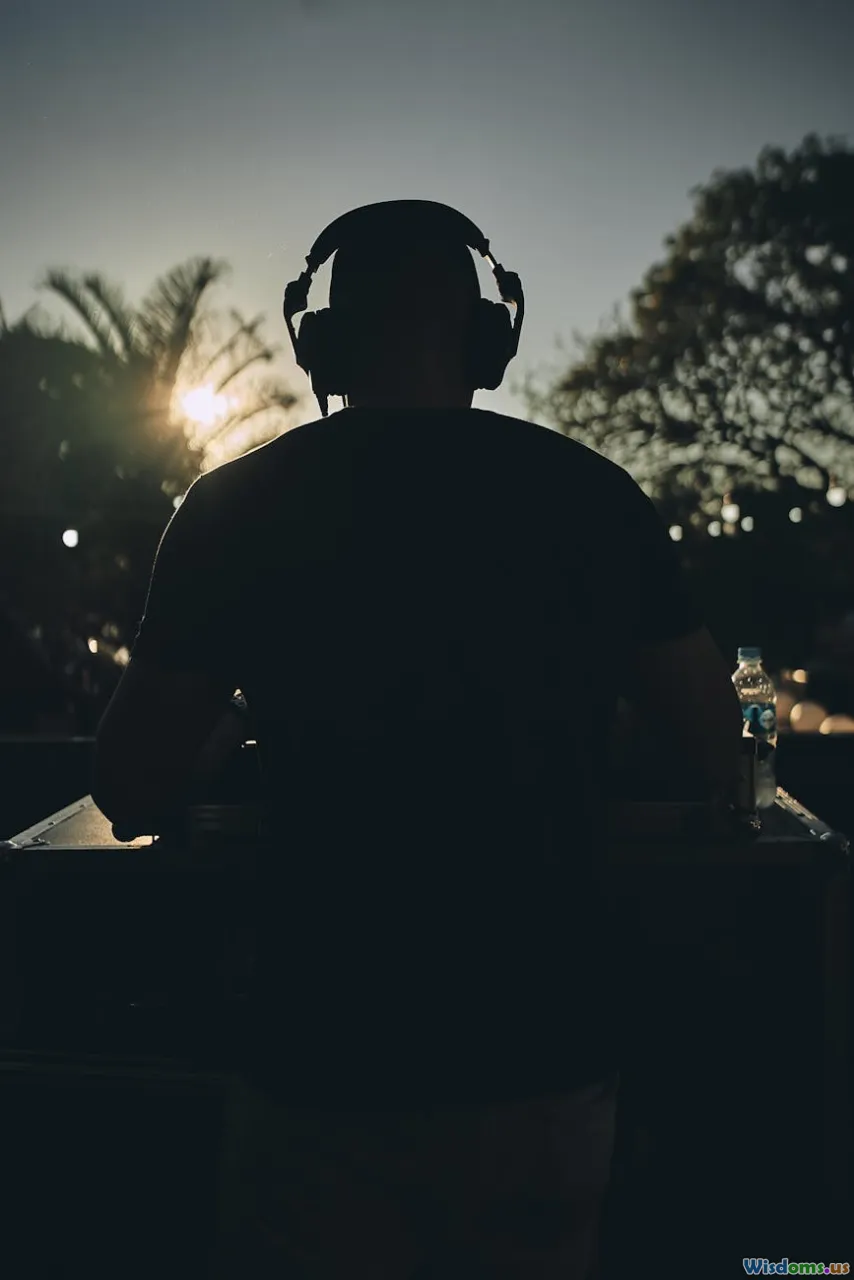
Viewers can elevate their horror-watching simply by paying closer attention to sound. Consider the following tips:
- Watch with Quality Audio: Better speakers or headphones let you appreciate subtle layers otherwise lost on mobile devices.
- Re-watch with a Focus on the Tape: Viewing a favorite film with closed eyes, or during a second sitting, helps you isolate atmospheric details usually subdued by visuals.
- Notice Polyphonic Storytelling: Reflect on how sounds spell impending doom, or lie in tension with the images presented—does the creak upstairs contradict the protagonist’s comfort, or does music arrive before the monster appears?
- Try DIY Soundscapes: Even smartphone apps allow amateur creators to blend unsettling drones, urban noises, or odd found sounds, producing homemade horror effects for independent projects.
- Study the Classics: Listen to Herrmann’s Psycho, Carpenter’s Halloween, or Hereditary’s abstract scoring before bedtime—notice how your tension builds, regardless of context.
Learning from the masters, new creators can experiment with dissonance, layering, and silence to frighten audiences. There are countless free sound libraries available online (Freesound.org, BBC Sound Effects, etc.) for legal, creative use. But mastery lies not just in collecting noises—but shaping them, using context and misdirection, to coax goosebumps from viewers.
Horror cinema’s genius is as much in the ear as the eye. Sound design engrosses us in a film’s psychic landscape, dictating our dread long before the plot erupts in panic. Whether it’s the guttural howl of a hidden beast, the hush that suffocates a crowded room, or the ancient resonance of dissonant strings, it’s these crafted audioscapes that truly convert horror films from mere entertainment into unforgettable, waking nightmares. The next time those unearthly noises raise goosebumps, remember: the filmmaker’s scalpel was not merely visual, but vibrational—wielded in the darkness, whispering terror from the speakers.
Rate the Post
User Reviews
Popular Posts












